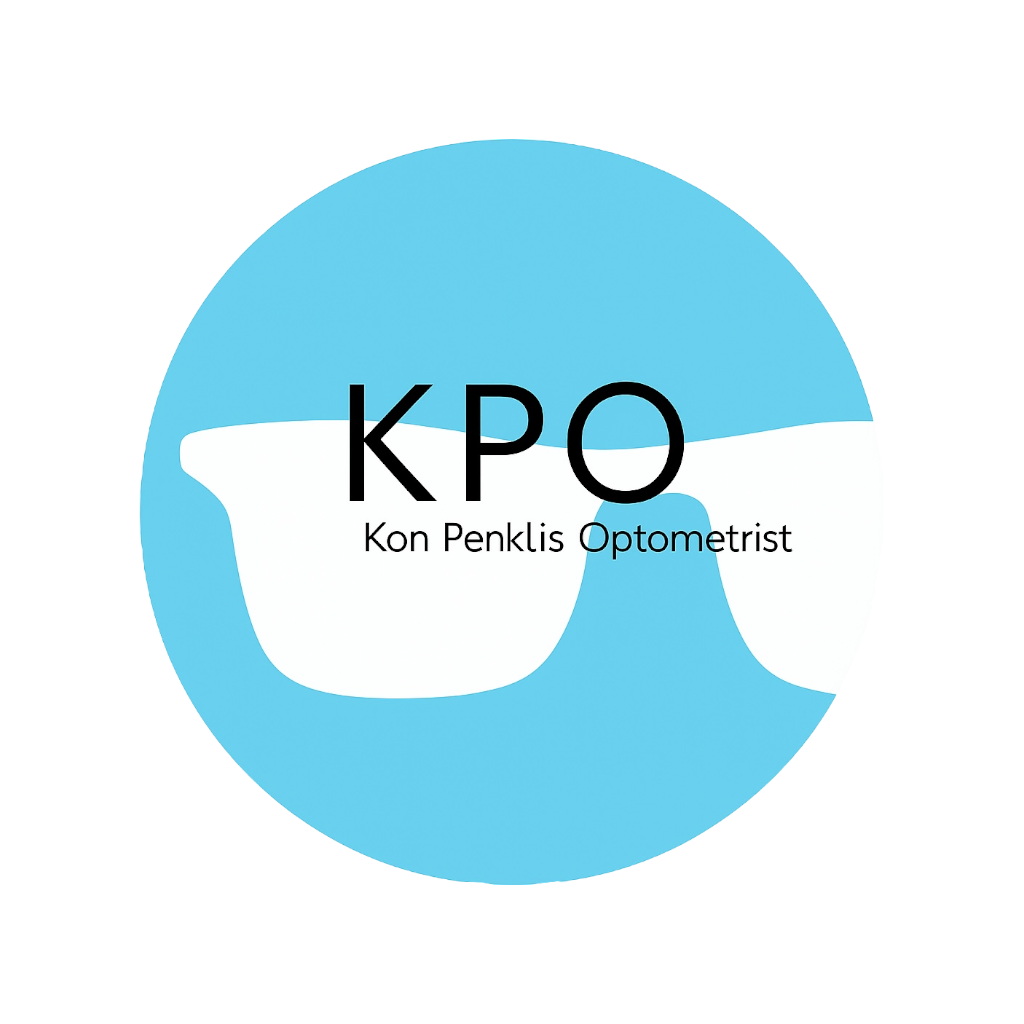Glaucoma
What is Glaucoma?
Glaucoma is a group of eye conditions that damage the optic nerve, often due to increased pressure inside the eye. It’s one of the leading causes of permanent vision loss — but it usually develops slowly and without obvious symptoms early on. That’s why it's often called the “silent thief of sight.”
Glaucoma – Risk Factors
Glaucoma can affect anyone, but certain individuals are at higher risk. These include those over the age of 40, people with a family history of glaucoma, individuals of African or Asian descent, and those with high eye pressure, thin corneas, or past eye injuries. Medical conditions like diabetes, high blood pressure, and migraines may also play a role. Because early glaucoma often has no warning signs, routine eye pressure checks and optic nerve assessments are key for those at risk.
How we monitor Glaucoma at KPO
At KPO, we take glaucoma detection and monitoring seriously. Our approach includes:
-
Comprehensive eye pressure testing (Tonometry): We check the pressure inside your eyes to identify any concerning elevations.
-
OCT Scanning (Optical Coherence Tomography): This advanced imaging allows us to closely monitor the optic nerve and surrounding retinal structures in high detail, spotting damage well before vision is affected.
-
Visual Field Testing: We assess your side (peripheral) vision to detect early blind spots or changes caused by glaucoma.
-
Optic Nerve Assessments with Fundus Imaging: We examine the optic nerve for thinning or cupping, which are key signs of glaucoma.
Early detection and consistent monitoring are key to preserving your vision. If you’re at risk or over 40, regular glaucoma screening is essential.


